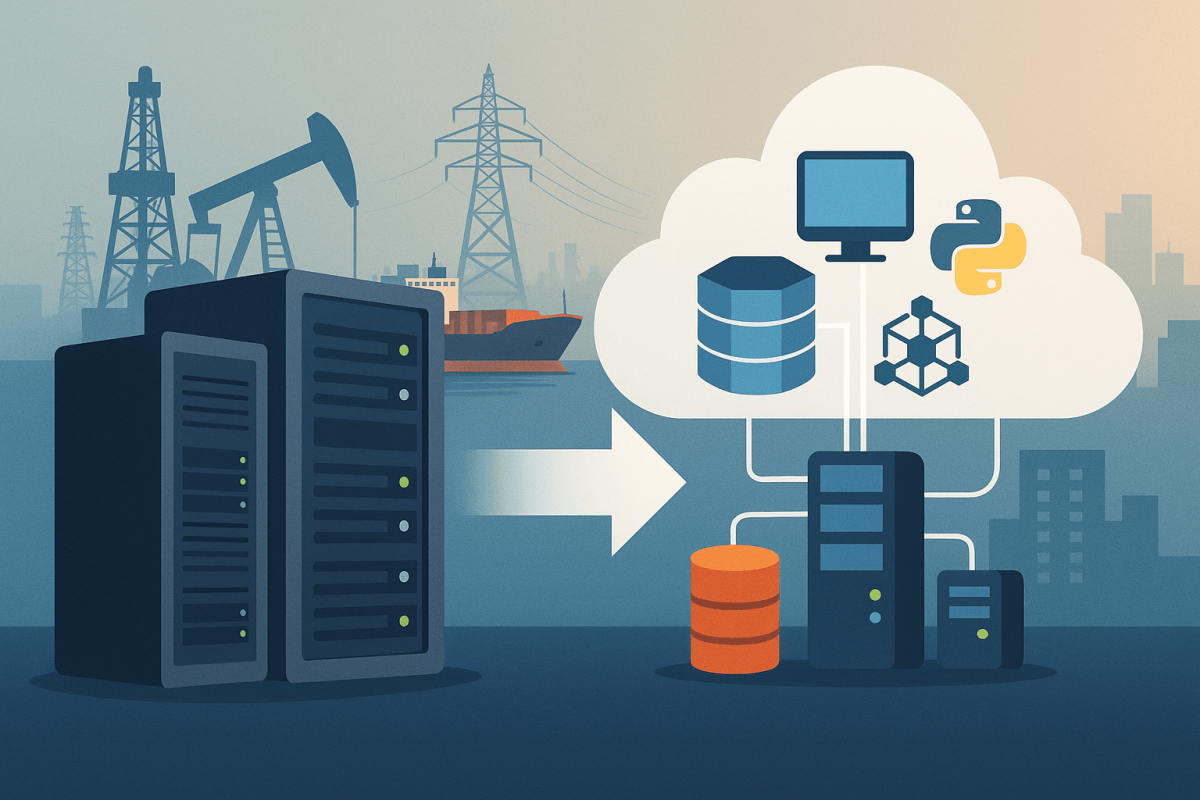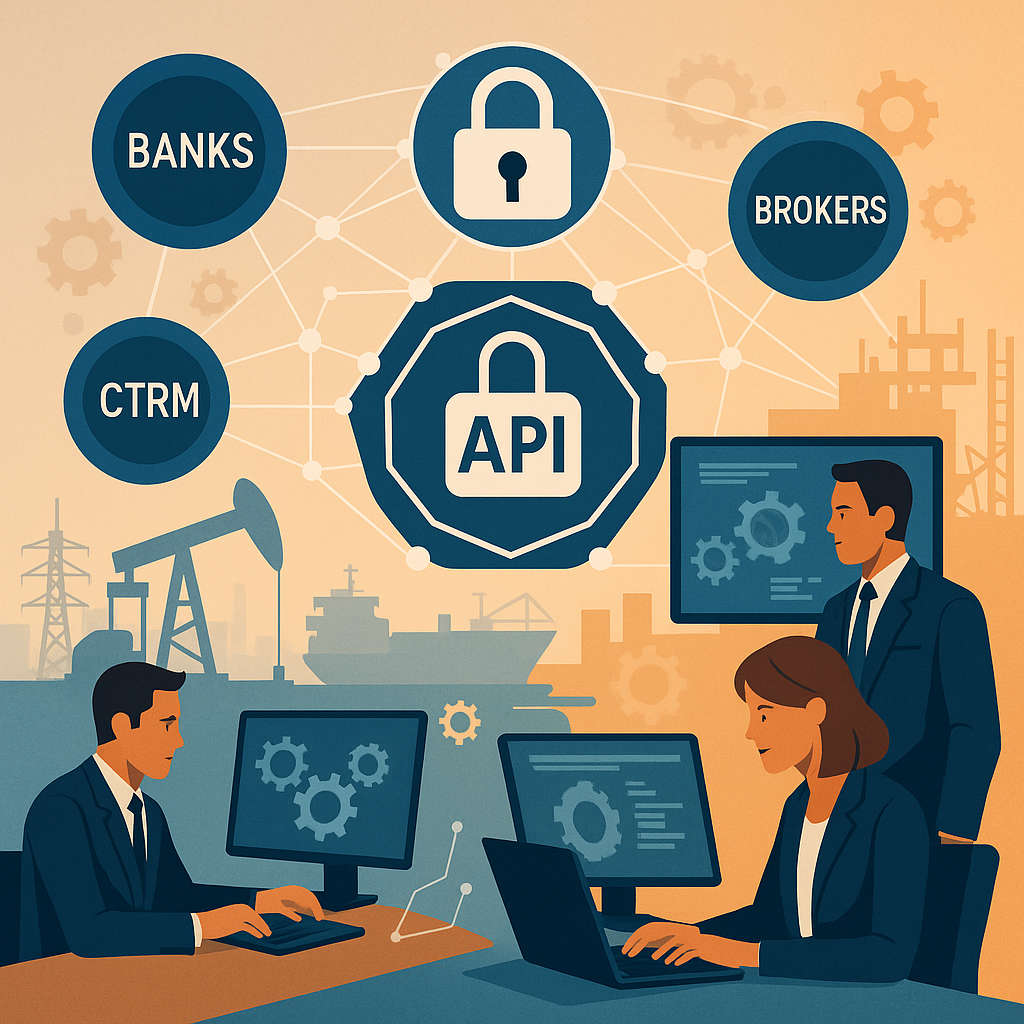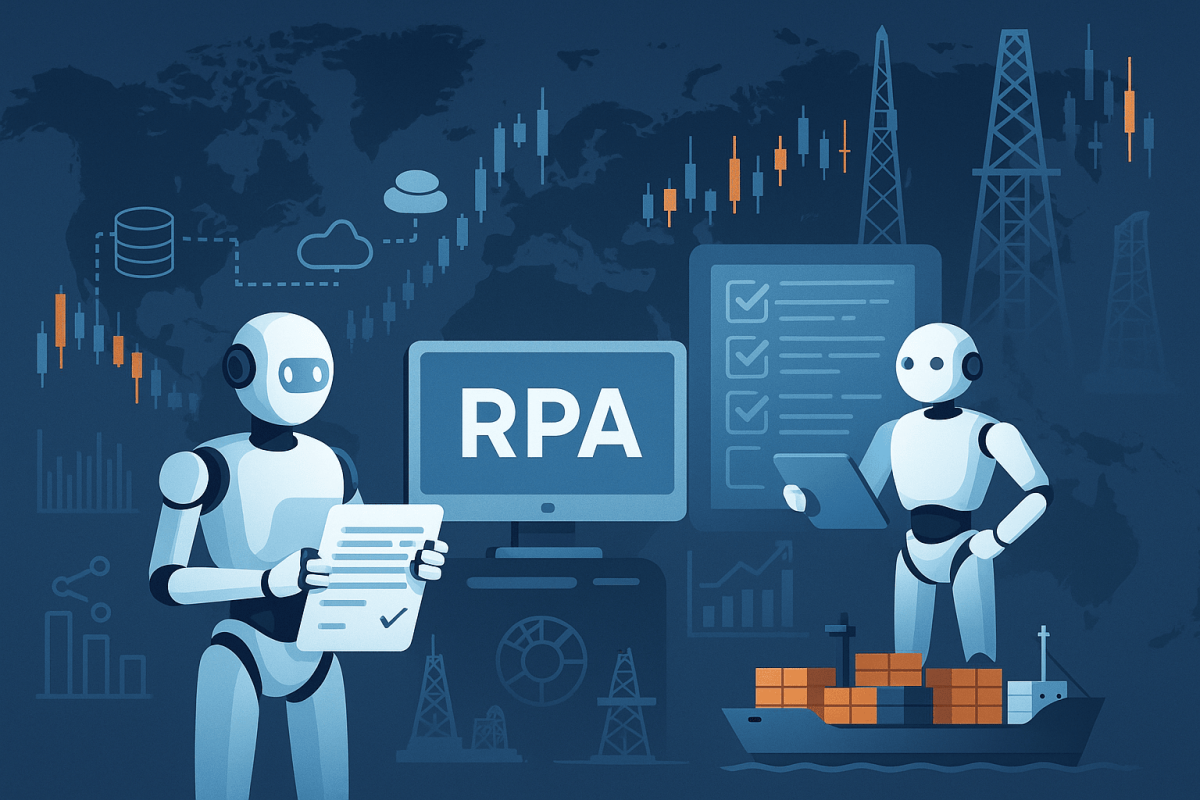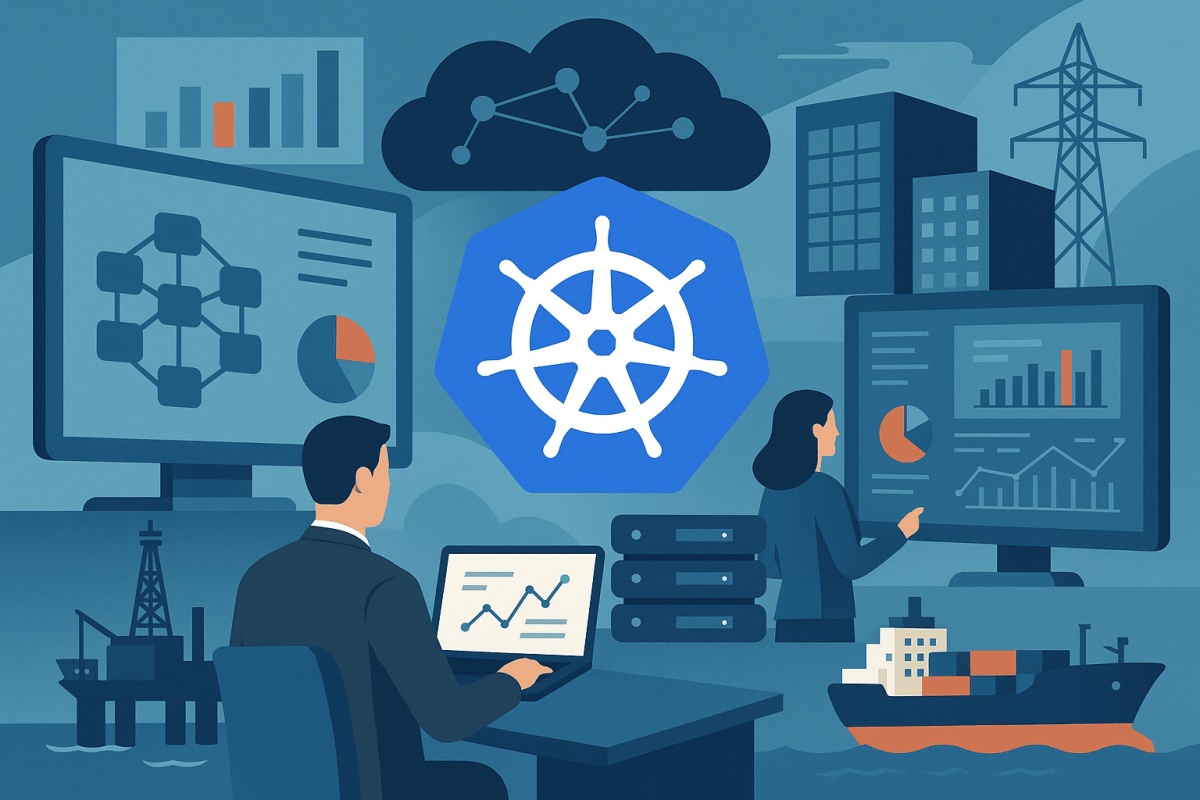For commodity trading firms, cloud migration is not just a technical project but a business-critical initiative. Systems must remain online for traders, risk managers, and compliance teams even as workloads move into Azure or hybrid environments. A single outage during migration can disrupt operations and cost millions.
CIOs who have successfully executed migrations highlight a few key lessons. Planning is essential. Legacy CTRM systems, often built in .NET, must be mapped carefully to new architectures. Data pipelines written in Python must be validated for accuracy and performance in Databricks and Snowflake. Testing every stage reduces the risk of downtime when workloads go live.
Another lesson is the importance of phased rollout. Rather than migrating everything at once, successful CIOs move workloads in waves, starting with non-critical services and gradually transitioning core systems. This reduces risk and provides opportunities to refine processes before high-value applications are impacted.
The biggest challenge is bandwidth. Internal IT teams are tasked with both supporting daily trading operations and managing migration activities. Staff augmentation provides a solution. External engineers can manage containerization, Kubernetes deployments, and cloud governance, while in-house teams maintain business continuity. This division of responsibilities ensures migration happens smoothly without overwhelming internal staff.
Cloud migration without downtime is possible when firms combine strong planning, phased execution, and the right mix of internal and external expertise. For CIOs, staff augmentation ensures they can modernize IT infrastructure quickly while protecting the continuity of trading operations.










